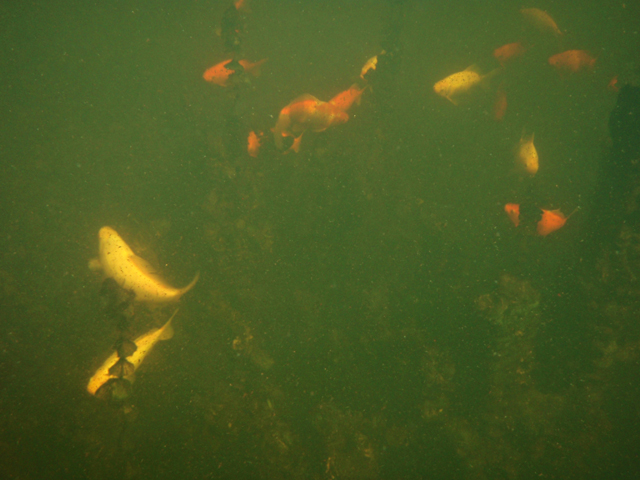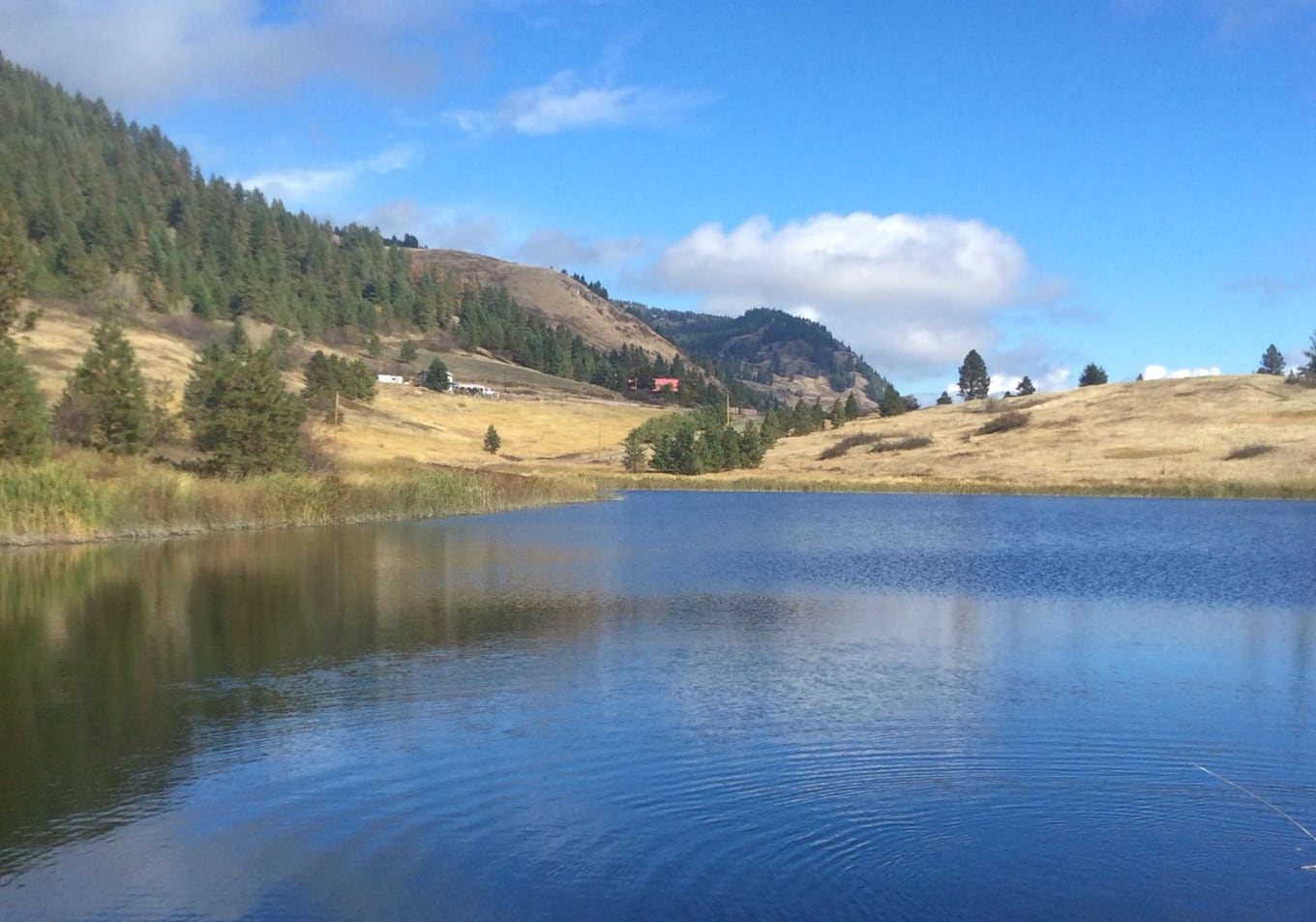Pets, plants can have destructive impacts on biodiversity, environment
Turtles, frogs, fish, birds, snakes, rabbits, cats and dogs are a few examples of pets that people buy.
Some birds and turtles can live for decades.
When you buy a pet, you should be ready for the commitment that comes with being responsible for the care and well being of your new companion. Sometimes circumstances change, and you can not longer afford your pet, or you find you don’t have the time to take care of it properly. If this happens to you the number one thing to remember is Don’t Let It Loose! Releasing your pets into the wild is not humane, ethical or responsible.
In most cases your unwanted pet will starve or be killed by predators. Some will thrive in their new environment and that can cause a chain reaction of problems. When you introduce a non-native creature into the wild it can have drastic effects on biodiversity. Your pet could be an invasive species. Invasive species are the second biggest threat to biodiversity. Gold fish for example can out compete native species of fish. Red eared slider turtles can impact the habitat of the western painted turtle. Painted turtles are the only native pond turtle left in B.C. They are blue listed which means that they are vulnerable to habitat loss.
Instead of letting your unwanted pets loose into the wild you can help protect our native habitats and biodiversity. You can contact the pet store where you purchased the pet and ask if they will take it back. You can see if any of your friends can give your pet a new home. You can contact the SPCA, zoos, game farms, aquariums or science centers to see if they will take your pet. In some cases, you may need to consider humane euthanasia by a veterinarian.
Also, you should never dump your aquarium plants into any body of water. These plants can also have destructive impacts on biodiversity and the environment.
For more information on invasive species please contact the Boundary Invasive Species Society at info@boundaryinvasives.com, 250-446-2232, on Facebook or our website www.boundaryinvasives.com.
Jen Haynes is the Education Coordinator for the Boundary Invasive Species Society.

Here's a photo of goldfish in Saddle Lake. — Submitted






















